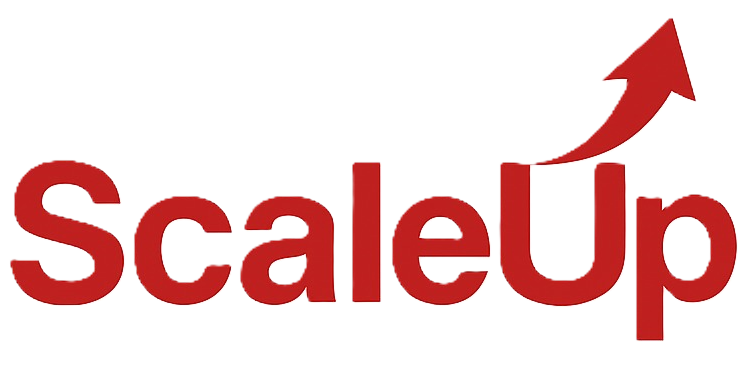Why Ransomware is the Biggest Cyber Threat You’ve Never Prepared For
Introduction
Imagine waking up one morning to find your entire computer locked. All your files—photos, documents, work projects—are encrypted and held hostage. Then, a message appears: “Pay $2,000 in Bitcoin or lose everything.”
This isn’t a scene from a movie. It’s called ransomware, and it’s one of the fastest-growing threats in the world of cybersecurity. From hospitals and schools to small businesses and regular individuals, no one is safe from it—and the damage can be huge.
Let’s break down what ransomware is, how it works, and what simple steps you can take to protect yourself (without needing to be a tech expert).
What Exactly is Ransomware?
It’s Like a Digital Kidnapping
Ransomware is a type of malicious software (malware) that locks or encrypts your data and demands payment—usually in cryptocurrency—to unlock it.
How It Spreads:
- Clicking on a malicious link in an email (phishing).
- Downloading fake software or attachments.
- Visiting an infected website.
- Weak passwords that hackers can exploit.
Example:
In 2021, the Colonial Pipeline, which provides fuel to the U.S. East Coast, was shut down after hackers used a stolen password to launch a ransomware attack. They demanded $4.4 million in ransom, which caused gas shortages across several states.
Why It’s Dangerous:
Once your files are locked, there’s often no way to get them back without the decryption key—and even paying the ransom doesn’t always guarantee that your files will be unlocked.
Why Ransomware is Getting Worse
Cybercrime-as-a-Service is Booming
You don’t need to be a hacker to launch a ransomware attack anymore. Today, ransomware kits are sold on the dark web. For a few hundred dollars, anyone can rent the tools to carry out an attack.
Trends to Know:
- Ransomware is now targeting backups too. If your backup is online, hackers may encrypt that as well.
- Some new ransomware groups don’t just lock files—they threaten to leak your sensitive data if you don’t pay up.
- Remote work has made it easier for hackers to exploit home networks and personal devices.
Who’s Being Targeted?
Spoiler: It’s Not Just Big Companies
Ransomware doesn’t care if you’re a CEO or a student. Everyone has something worth locking.
Common Targets:
- Small businesses (often have weak security).
- Schools and universities (they hold a lot of data but have tight budgets).
- Hospitals (can’t afford to be offline).
- Regular people (your tax files, family photos, and passwords are all targets).
True Story:
In 2022, a school district in Los Angeles was hit by a ransomware attack just before the school year began. Classes were delayed, and sensitive student information was compromised.
How to Protect Yourself (Simple Steps Anyone Can Do)
- Backup your data: Use both cloud storage and offline backups (like an external hard drive). Make sure to disconnect backups when not in use.
- Use strong, unique passwords: Especially for important accounts like email, banking, and anything admin-related. Consider using a password manager.
- Enable multi-factor authentication (MFA): This adds an extra layer of security and can stop most hacks.
- Think before you click: Don’t open strange email links or attachments, especially if they seem urgent or “too good to be true.”
- Keep your software updated: Old apps and systems often have security flaws. Updates fix those issues.
- Install antivirus software: Many antivirus tools can detect ransomware before it causes damage.
The Future of Ransomware: Smarter, Scarier, and More Expensive
Experts predict ransomware damages will surpass $20 billion annually. AI-driven attacks, data leaks, and personalized scams (like emails that pretend to be from your boss or family) are expected to keep getting worse.
But there’s hope. Cybersecurity tools are improving, awareness is growing, and governments are starting to treat ransomware as the serious digital epidemic it is.
Conclusion
Ransomware isn’t just a tech problem anymore—it’s a real-world threat that affects people, businesses, and communities every day. The good news? With just a few simple habits and tools, you can dramatically reduce your risk.
Don’t wait until it’s too late. Backup your files, keep your software updated, and always think before you click.
Because in the digital world, staying safe is just as important as staying connected.







